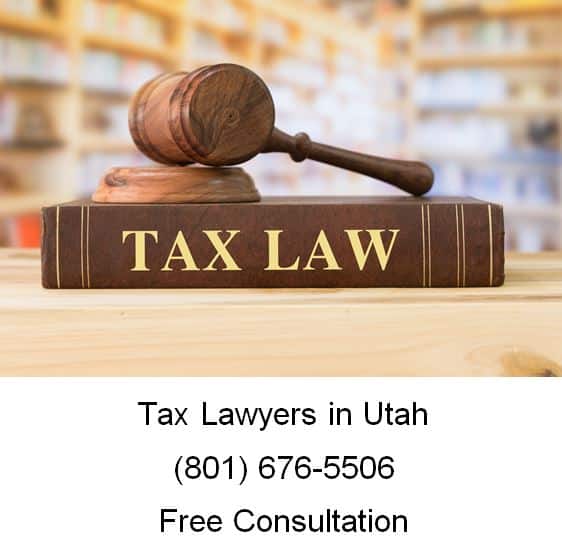
It doesn’t make sense to enter into
an agreement in every relationship that you may have. You would make quite the
impression showing up to a first date with a pen and paper in hand. Rather,
living together contracts are more appropriate for long-term relationships
where a significant amount of money, property and debt are expected to
accumulate. These agreements may also be a good idea for older couples, to
ensure that property is distributed upon their death as they wish. Finally,
couples who just don’t believe in the institution of marriage, for whatever
reason, should strongly consider such an agreement. Even if you’re morally or philosophically opposed to marriage, it’s still smart to define the
relationship’s rights, obligations and how property is to be distributed.
Legality of Living Together
Contracts
Contracts that function similar to
marriage between unmarried couples have not always been on sound legal ground.
The uncertainty behind nonmarital agreements came to an end in 1976,
however, when the California State Supreme Court established the now widely held
justification behind allowing nonmarital agreements. In the case, Marvin
v. Marvin, the California Supreme Court held that:
- Unmarried couples may enter into written and oral contracts that cover rights often associated with marriage (such as the rights to property acquired during the relationship).
- Unmarried couples may create “implied” nonmarital agreements, without ever writing it down or expressly speaking about it. Rather, a court can evaluate the couple’s actions to determine if such an agreement has been implied in their relationship.
- If no implied agreement is found, a judge can presume that the parties intended to “deal fairly with each other”, and grant one party rights and obligations consistent with equity and fairness.
Although most people don’t realize
it, marriage is a legal contract between two people. It defines the
rights and obligations that each party owes each other. It shouldn’t be
surprising then, to learn that unmarried couples can create contracts between
themselves that also define the rights and obligations that each partner owes
the other. These contracts go by different names in different states but are
often referred to as nonmarital agreements or living together contracts.
These contracts function similarly to prenuptial agreements, and set forth how money, property and debt among other things will be handled during and even after the relationship. It may seem extremely unromantic to ask your partner to make a contract with you, but in the process it will tell you a lot about yourself, your partner and the maturity of your relationship.
What Goes In a Living Together Contract
Living together contracts don’t
need to be overly complex or contain legal-sounding language. To the contrary,
it’s a better idea to make the agreement in plain language, and include as
much or as little detail as the couple feels is necessary. Here are some items
to consider:
- Property accumulated during the
relationship: it’s important to define how property acquired during the
relationship should be treated. For example, if one person buys something
during the relationship, do both parties own 50% of it? Does whoever
bought it own it? What if the item is purchased using personal savings? - Property acquired by gift or inheritance: generally, people like
to keep items received as gifts or by inheritance as separate property. If
you and your partner want to do this, you need to write it down so there
is no confusion. - Property from before the relationship: many people like
to keep items received before the relationship began as separate property.
If you and your partner want to do this, you need to write it down so
there is no confusion. - Expenses: make sure you cover how expenses will be
paid. This can be a huge area of disagreement, so it’s important to write
down the expectations. For example, you might split them 50/50, make it
proportional to income, or just pool your resources into one account and
pay jointly. - Separation or death: although you may not
want to consider it, it’s important to define what happens when the
relationship ends. It’s important not to leave the status of property and
money in limbo if a couple splits up. - Dispute resolution: in the case that a
dispute arises, couples may want to define how it should be resolved. A
typical example would include using mediation or arbitration before taking
the matter to court.
Living Together Contract Lawyer Free Consultation
When you need legal help, please call Ascent Law for your free consultation (801) 676-5506. We want to help you.
8833 S. Redwood Road, Suite C
West Jordan, Utah
84088 United States
Telephone: (801) 676-5506
Recent Posts
Business Lawyers and Directories
Source: https://www.ascentlawfirm.com/living-together-contracts/










